Zoe Williams finds the restaurants which distill the very essence of the ancient counties of Kent and Cornwall
It’s always been fashionable for London restaurants to have some kind of regional connection. I think they think it makes them sound grounded and authentic. The curse of setting up a restaurant that looks remotely fun, in a city that feels remotely snappy, is that there is always the whiff of the chancer about you. So, “hand-dived scallops from the West Coast of Scotland,” they say, or “Lake District lamb”, and then you know that they’re taking seriously their duty to food.
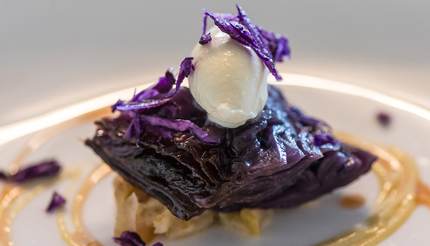
Recently, everybody’s got a lot more purist. It’s no longer enough to source a single ingredient from its God-given birthplace; any idiot who can use Google can do that. Now, restaurants have to distill the very essence of a region, and here things get a bit more complicated. Few of us are intricately familiar with the food profile of every shire. I spent a decade reviewing restaurants for a national newspaper and have travelled further for food than a German will drive for an opera, and still, the only thing I can remember about Shropshire is that they are mad keen on pickles.
A current favourite is Kent, a curious bridge from South East London to the seaside. I told my children once that the county was set to be demolished so it could be used as a swear word, and now they yell “Kent” at each other, which – would that I had predicted this – sounds just like a swear word. Kent calls itself the Garden of England, and is famous for apples, pigs, samphire, the oysters of Whitstable and lamb from the eerie salt marshes of Romney. The place has an ancient reputation for being a bit dodgy – a Kentish pound, traditionally, weighed half as much as a regular pound – which almost always equates with a place where things are delicious: ciders, pork pies, sausages, low-down dirty snacks that make you feel the world is on your side.
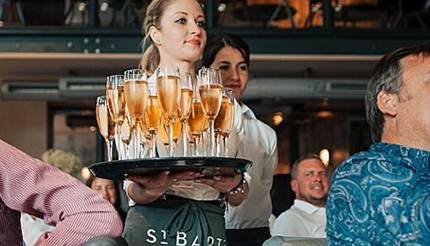
St Barts in Smithfield, even leaving the food aside, is a great place to go if you want to immerse yourself in British culture, since it is the living definition of the post-work drink, the place where every night feels like a Friday. Their Kent connection is the Hush Heath winery in Staplehurst, where they do some serious sparkling roses and also an “apple wine” which is actually a “fancy cider”. The estate has 400 acres of orchard, whose wood they use for smoking meat. This has fed into a British South East meets American Deep South food sensibility, incredible short ribs, pulled pork, epic sausages. You can in theory drink the fancy cider as you eat meat which has been smoked on wood from the same tree, or at least one of its cousins. This marries the flavours in a profound, elusive way that I might have imagined. It felt real to me, ok?
If you make it to the county itself – only an hour on a train, depending on whereabouts you go – the Sportsman in Seasalter is, some years, the best gastropub in the UK, and always in the top five. The Whitstable Oyster Fishery Company is pretty spectacular.
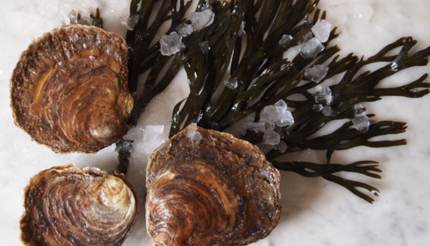
Cornwall, meanwhile, has had a banging food scene for as long as anyone can remember, fish-based of course (it is held to be Britain’s most charming coastline), and originating with the efforts of Rick Stein, who has so many restaurants and shacks around Padstow that it’s like an edible Being John Malkovich, he is everywhere and everywhere is him.
In London, the Cornish it-place is Westerns Laundry, with a simple menu – oysters, mackerel, gooseberries, all the foods you would dream about if you segued from “partial vegetarian” to “proper vegetarian” – and a pared down aesthetic. It doesn’t look Cornish at all – the seaside plus the artistic influence of St Ives has locked the county into a tasteful, 60s chic of delicate pastel colours and mellow, driftwood furniture. Westerns Laundry looks a lot more industrial, with muted strip lighting, long, shared refectory tables and beards, a whole kitchen full of beards, even the waitresses. No, not really. But you’re not allowed to have a beard in the Real Cornwall unless you can sing a sea shanty and play the trombone. Nope, that’s not true either.
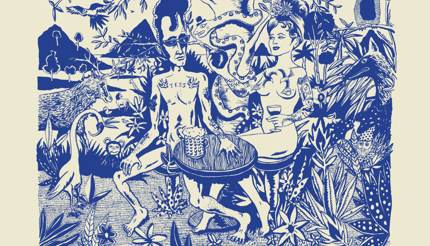
The Adam and Eve in Homerton – another modish bit of North East London – has all the Cornish fish credentials you’d expect, as well as an unusual meat supplier, a little Cornish heritage butcher called Philip Warren, who farm and butcher their own meat, specialising in rare breeds and dry ageing. It’s a pub, really, with the grand proportions the Victorians loved to bestow upon their gin palaces, enough room for a thousand British curiosities, from the giant, misshapen pool table to the portrait of Mr Bean. A long time ago, the end of the last century, there was some controversy over whether or not fine food belonged in the Great British Pub, or was undermining its tradition with unwanted formality. I don’t think there’s anyone who would take that view now; as it turned out, when you take a much-loved institution and add unspeakably good food to it, people seem to like that whether they’re eating or not.
Northbank in St Paul’s, meanwhile, has a “Cornish influence”, which I strongly suspect is their way of saying “we’re bang on the river, and we want to make the most of it”. It is a curiosity of London life that the River Thames looks like a seam of dirt across a chimney sweep’s face, and yet there is nothing more fun than eating next to it. This place is quite “city”, by which is generally conveyed, “everyone is in a rush”, the opposite of what Cornwall is about. Think of this as Cornwall on speed.
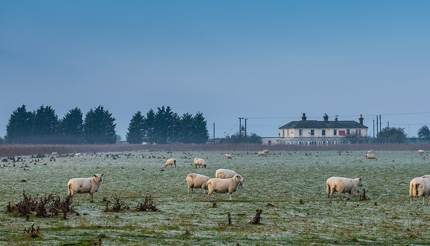
I have the faintest worry that this all makes us sound a little self-regarding: what kind of country makes a fusion restaurant culture out of its own regions? Surely if you want to do speciality cuisine in London, it should at least be from as far away as France? All I can say is, taste the short-ribs smoked on Kentish wood, and then come back to me.





